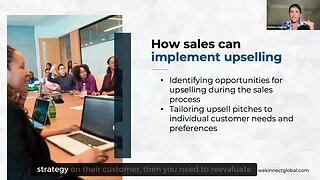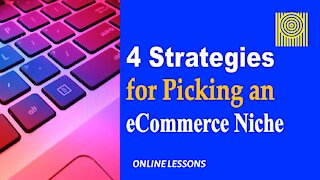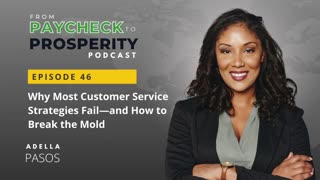Identifying the Right Customer: Segmentation and Upselling Strategies
In today's highly competitive business environment, understanding your customers is more important than ever. Customer segmentation is one of the most effective ways to gain this understanding. Customer segmentation is dividing a company's customers into groups, or segments, that share similar characteristics.
These characteristics can include demographics (like age, gender, and location), behaviors (like purchasing habits), psychographics (like lifestyle and values), and needs or preferences. Customer segmentation aims to tailor marketing strategies to meet each segment's specific needs and wants, resulting in more effective and efficient marketing efforts.
Customer segmentation offers several benefits for sales and marketing departments:
1. Increased Efficiency: By targeting specific segments, companies can ensure their marketing efforts reach the people most likely to be interested in their products or services. This cuts down on wasted resources, targeting those who are less likely to convert.
2. Improved Customer Understanding: Segmentation allows companies to understand the nuances of their customer base better. This understanding can lead to more effective product development, marketing campaigns, and sales strategies.
3. Enhanced Customer Engagement: Customers respond better to personalized communication that resonates with their needs and interests. Segmentation enables this level of personalization, leading to higher engagement rates.
4. Increased Sales: With a deeper understanding of customer needs and more targeted marketing, companies can expect higher conversion rates and increased sales.
Identifying the right customer segments requires a deep understanding of your customer base and products or services:
1. Analyze Customer Data: Look at your current customers' demographics, behaviors, and purchasing patterns. Use this data to identify commonalities and differences.
2. Identify Key Segments: Based on your analysis, identify the most valuable segments of your business. These could be your most frequent buyers, those who spend the most, or those who are most loyal.
3. Create Personas: Develop personas for each segment better to understand their needs, preferences, and motivations. This will help you tailor your marketing and sales strategies to each segment.
4. Test and Refine: Once you've identified your segments and developed tailored strategies, test them out. Monitor results, gather feedback, and refine your segments and design as needed.
Customer segmentation is a powerful tool for any sales and marketing team. You can drive efficiency, engagement, and deals by understanding your customers deeper and tailoring your efforts to their needs and wants.
If you found this article helpful and want to learn more about various sales and marketing strategies, subscribe to our YouTube channel. Also, don't miss our recorded webinar, "Strategies for Upselling," for more insights into effective sales techniques.
-
 2:55
2:55
Brace for Impact: AdrenalinePulse TV – Where Daring Meets Dazzling! 🚀🔥
7 months agoHow To Use Customer Segmentation For Affiliate Marketing
19 -
 0:58
0:58
WeKinnectGlobal
7 months agoPersonalizing Your Upsell: The Need for Customized Conversations and Strategies for Success
4 -
 2:18
2:18
thestonebuildersrejected
10 months agoConverting Leads Into Customers: Sales Techniques For Local Businesses
-
 0:39
0:39
Home Inspector Help
7 months agoHome Inspector Marketing Secrets: Boosting Sales with Google Business Profile Service Areas
19 -
 12:33
12:33
AV
9 months ago#54 Marketing
1 -
 2:52
2:52
High Ticket Affiliate Marketer 2
3 years ago4 Strategies for Picking an eCommerce Niche
17 -
 13:56
13:56
bestmoneymakingideas
1 year agoIncrease Sales With These 3 Powerful Marketing Tactics
6 -
 4:10
4:10
Jspec33
10 months agoMarketing For Contractors: How To Track Your Marketing $$$ So You Aren't Wasting Money On Marketing
47 -
 2:56
2:56
thestonebuildersrejected
10 months agoEffective Marketing Strategies For Local Businesses
8 -
 3:26
3:26
Successful Business Ideas
5 months agoWhy Most Customer Service Strategies Fail—and How to Break the Mold
51